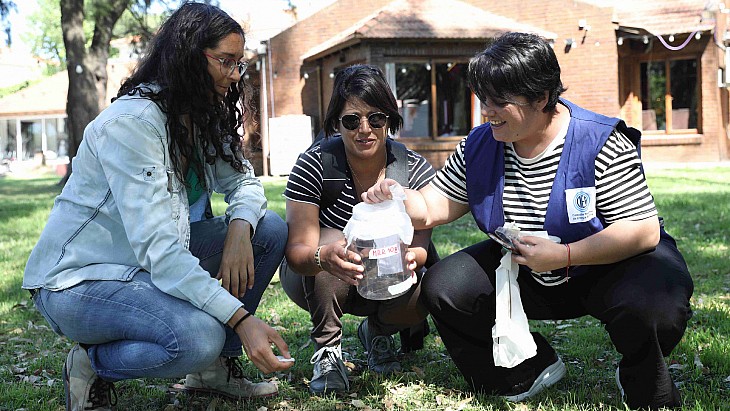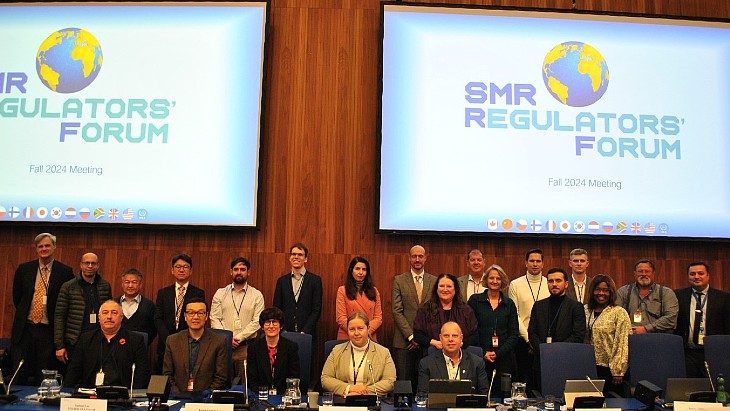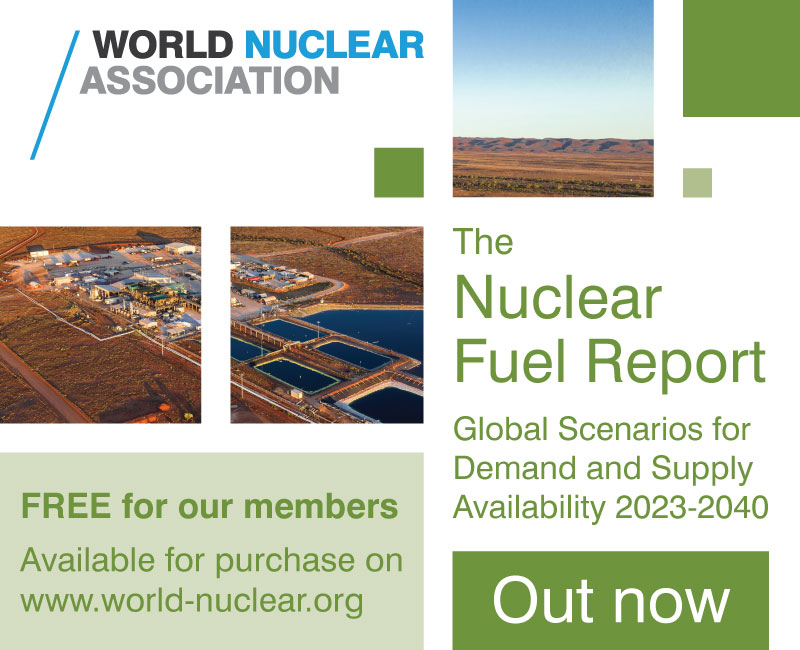UK marks 60th anniversary of Calder Hall
 Yesterday marked 60 years since the opening of the world's first commercial nuclear power plant at Calder Hall in west Cumbria in England. Opened on 17 October 1956 by Queen Elizabeth II, Calder Hall was in operation for 47 years.
Yesterday marked 60 years since the opening of the world's first commercial nuclear power plant at Calder Hall in west Cumbria in England. Opened on 17 October 1956 by Queen Elizabeth II, Calder Hall was in operation for 47 years.Yesterday marked 60 years since the opening of the world's first commercial nuclear power plant at Calder Hall in west Cumbria in England. Opened on 17 October 1956 by Queen Elizabeth II, Calder Hall was in operation for 47 years.
.jpg) |
| Queen Elizabeth II opening Calder Hall in 1956 (Image: Sellafield Ltd) |
The 50 MWe (net) reactor was the first of eight small prototype Magnox units to be built at Calder Hall and Chapelcross, which is in southwest Scotland. Three more 50 MWe units were added at Calder Hall, in 1957, 1958 and 1959. All four units were shut down in 2003.
Sellafield Ltd manages and operates the reprocessing and waste storage facilities at Sellafield, the closed Calder Hall and Windscale reactors, the Capenhurst site and an engineering and design centre at Risley.
Trevor Purnell, who worked at Sellafield for 39 years and was at the official opening of Calder Hall in 1956, said: "My abiding memory is one of great excitement. We all remember the claim about cheap electricity forever more, but of course, that didn't factor in storage and disposal costs for the waste. But that doesn't detract from the sense of pride we all felt for the achievements involved with Calder Hall. We were all caught up in the euphoria.
"On the day the Queen opened Calder Hall, I was stood around 30 yards away. After the opening we were allowed to go and meet her. I remember watching the 'pseudo' meter start to move once the Queen flicked the switch, and the cheer from the crowd that followed. Little did many of those in attendance realised that the station was already providing power to the National Grid!"
Steve Bewsher, who worked in Calder Hall from 1978 to 1992, and then again during decommissioning in 2004, added: "Calder Hall was a station with a sense of pride. We all had the view that if we were to do a job, we were to do our best. This was shown in things like the floors of the turbine hall being polished, the turbines themselves being polished with car wax, and even the brass fixtures and fittings receiving the 'Brasso' treatment. Our chief engineer, Percy Gill, had the highest standards, and signed off all work personally. In other words, it had to be done right.
"We had a family atmosphere with a 'work-hard, play-hard' ethos. So whilst we might be working on the turbines in a sweltering turbine hall during summer - when there was less demand for power or outside freezing working on the cooling towers in winter - when there was less demand for cooling water, we also managed to play cricket and football (using goalposts we manufactured ourselves), during lunch breaks. This only helped to strengthen team spirit."
Susie Potter, who worked on the demolition of the iconic Calder Hall cooling towers in 2007, said the day the towers came down was "amazing". She said: "There was a real sense of anticipation on the day in both demolition HQ where the gold command centre was based and across the whole site, from the sentries round the exclusion zone to the people monitoring the affected plants and those in the control centre but we'd done so much planning and preparation that everything went incredibly smoothly; the implosion itself was almost an anti-climax."
Neil Edmondson, who worked at Calder Hall as a health physics monitor from 1992 to 1994 and then as a plant improvements and human performance manager from 2008 to 2015, noted that Calder Hall had won the URS Safe Facility of the Year award in 2012 - the first time it was ever awarded outside of the USA. "This was a massive achievement," Edmondson said.
Although Magnox reactors were initially dual-purposed, combining power generation with plutonium production for military purposes, the latter function from 1964 was confined to other facilities at Windscale. There were previously two fuel changes per year with burn-up about 400-600 MWd/t. They used natural uranium metal fuel, had a graphite moderator and were cooled with carbon dioxide. Magnox fuel is so called because of its magnesium alloy cladding, and the chemical reactivity of this means that the fuel cannot be stored indefinitely but must be reprocessed.
Researched and written
by World Nuclear News
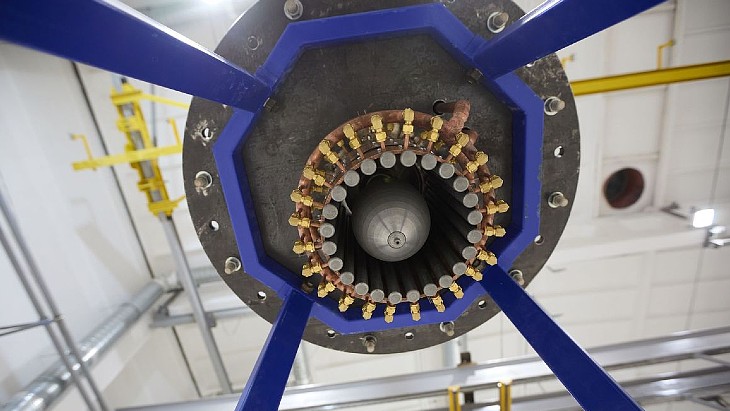
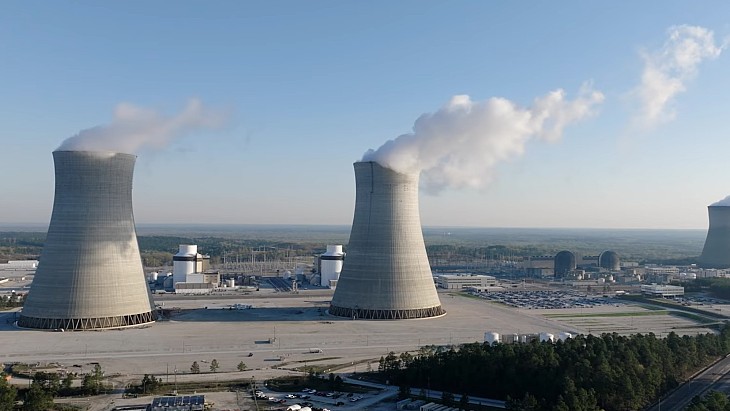
.jpg)
